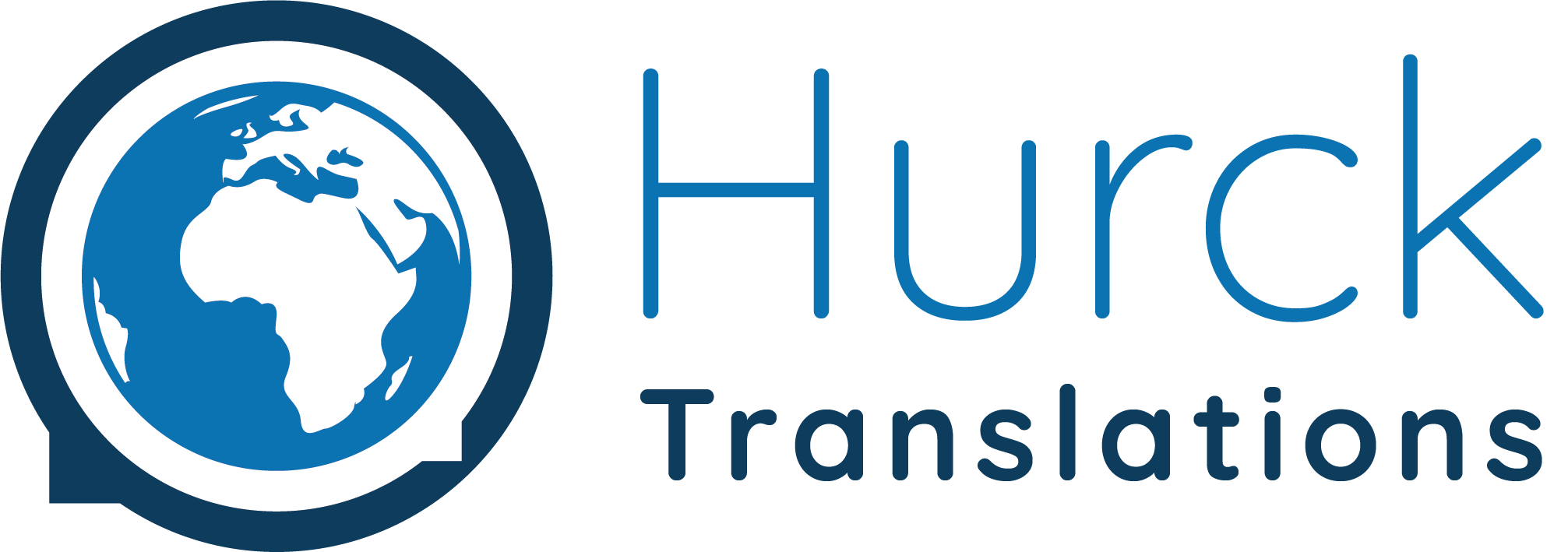The American Trust
A trust is a fiduciary legal relationship in which assets are managed by a trustee (trustee) for one or more beneficiaries. In this framework, various purposes can be pursued: Living trusts (also known as inter vivos trusts) are often used as a means of estate planning as an alternative or supplement to wills, or for tax purposes. Testamentary trusts often serve to protect minor or indebted heirs.
The basic structure of the trust
- grantor (also referred to as the settlor, creator or trustor), transfers assets to the
- trustee (trustee) in a trust deed (trust deed), who manages these assets (trust assets, trust property) for the benefit of one or more
- beneficiaries (beneficiary) for a specific purpose.
Relating to third parties, the trustee has all rights (legal title) to the assets of the trust, but may only exercise these within the scope of its powers, duties and obligations. The grantor can also be the trustee and the beneficiary at the same time – in this case, no transfer of assets is required, but only a unilateral declaration (trust declaration).
If several people set up a joint trust (joint trust) or if the grantor is not the sole trustee, the document is usually referred to as a trust agreement (trust agreement).
Usually, the signature under the trust document is certified by a US notary (notary public).
Transfering assets to a trust
In the case of a lifetime trust, often only a symbolic amount, e.g. $10, is transferred initially. Such an unfunded trust is endowed either directly afterwards through a separate lifetime transfer or upon death. Often, the annex to the trust contains a list of the trust assets, which, however, does not have to be correct or complete.
Besides the trust instrument, it is common to execute a pour-over will in which the testator stipulates that the assets in the estate will pass to the trustee. This is to ensure that any assets that, for whatever reason, were not placed in the trust during the testator’s lifetime will be distributed according to the rules of the trust instrument.
Structure of the trust
Depending on their nature and purpose, trusts can be structured in many different ways.
SIn this way, the grantor can establish an irrevocable or a revocable trust. In the case of a revocable trust, the settlor retains the right to use the income and access the trust assets (capital) during his or her lifetime. Upon death, the successor trustee then carries out the distribution, for which the settlor has either given him precise instructions for the distribution (strict trust) or has granted him discretion (discretionary trust).
The grantor is also free to structure the benefits as he or she wishes and, for example, instruct the trustee to pay the beneficiary
- a monthly amount
- all income and/or
- the principle in one amount or in installments (upon reaching certain age limits)
- or at his or her discretion (discretionary trust).
The grantor can also stipulate that initially one person should be the beneficiary and following their death another person. For example, the surviving spouse can receive the income of the trust first and the remaining assets pass to a third party, such as the children (residuary beneficiary), after the spouse’s death.
In some cases, the successor trustee will continue to manage the assets for the benefit of the family after the grantor’s death (family trust).
The parties to the trust
The trustee(s)
The trustee, who may be an individual or a legal entity, has the authority and the obligation to manage, use or dispose of the trust assets consistent with the trust provisions and the specific obligations imposed on it. The trustee must therefore render a comprehensive account of its activities. If the trust assets perish or are lost to the trustee, the beneficiary may, under certain circumstances, demand the return of corresponding assets to the trust. The trustee is primarily obligated to the beneficiaries and does not have to protect the interests of the grantor. In the event that all trustees no longer serve, the trust does not cease to exist unless the grantor has explicitly stipulated in the trust deed that only one specific trustee may be appointed.
The beneficiary/ies
The beneficiary is the person benefiting from the trust. The benefit can already be conferred upon the transfer of assets or not until the grantor’s death. The beneficiary title is related both to the benefits to which the beneficiary is entitled from the trust assets and to the proper administration of the trust by the trustee(s). All beneficiaries have a fundamental entitlement to be informed about the circumstances in the trust; the trustee is not authorized to exclude beneficiaries from his duty to provide information or to render account.
The Protector
Although this is not a mandatory requirement, the grantor may appoint a protector to monitor compliance with the trustee’s obligations under the trust deed. The protector of a trust is an independent party who is not a trustee but is given powers under the trust deed, such as a right to veto certain administrative actions of the trustee. Often the protector is a trusted and qualified professional who has an established relationship with the grantor or their family, such as a lawyer or financial advisor.





